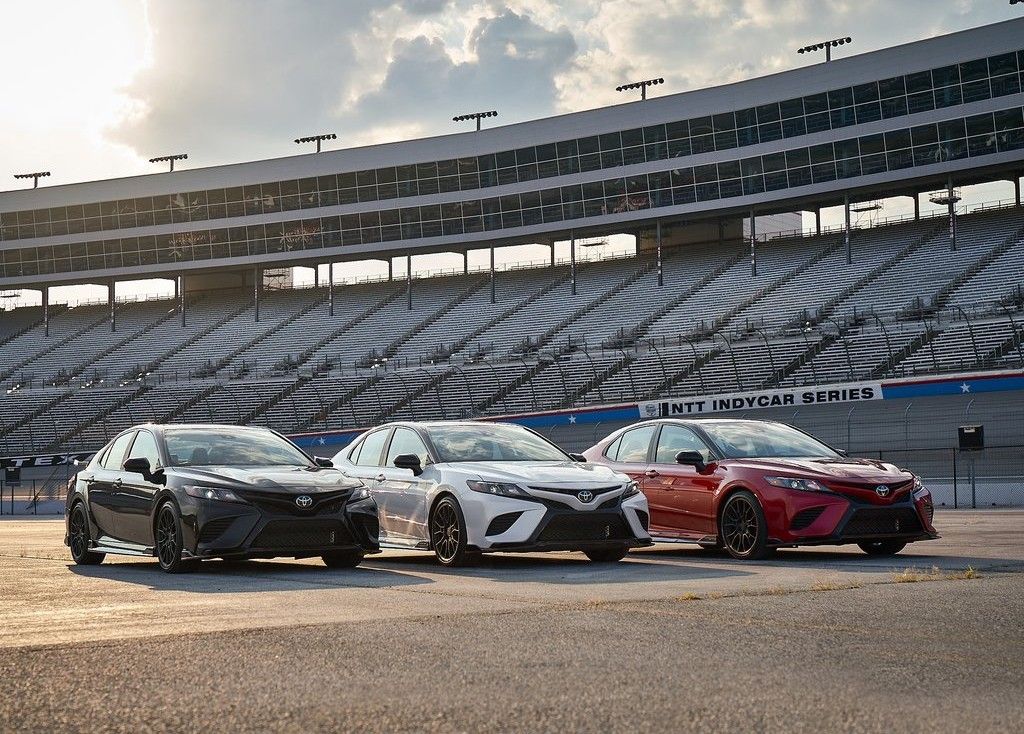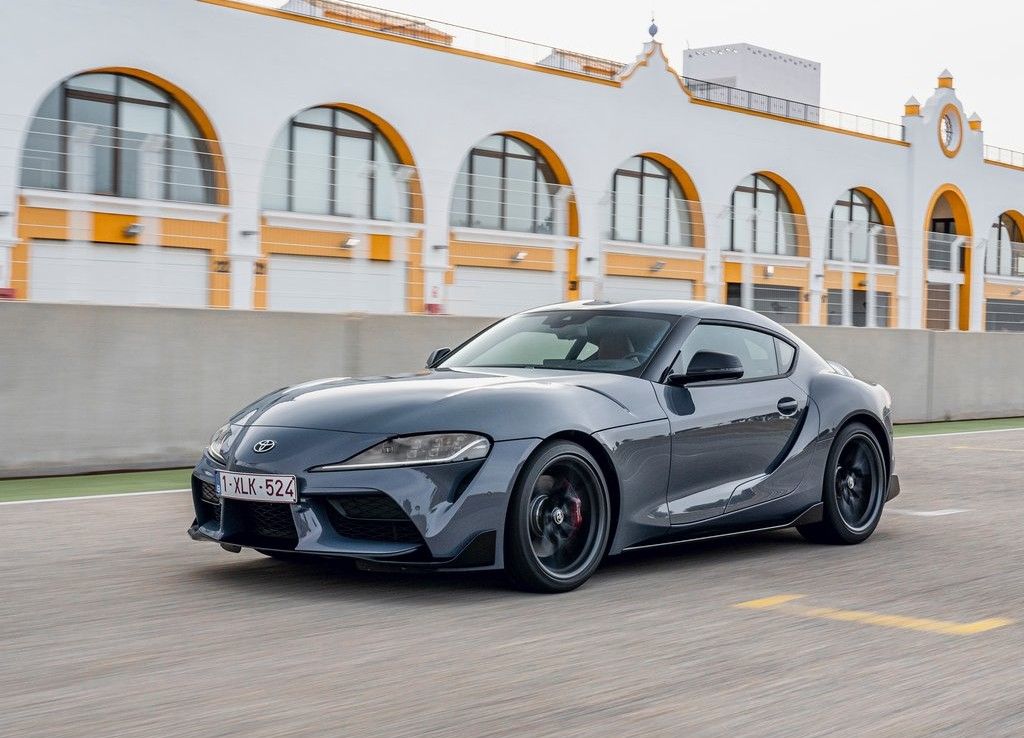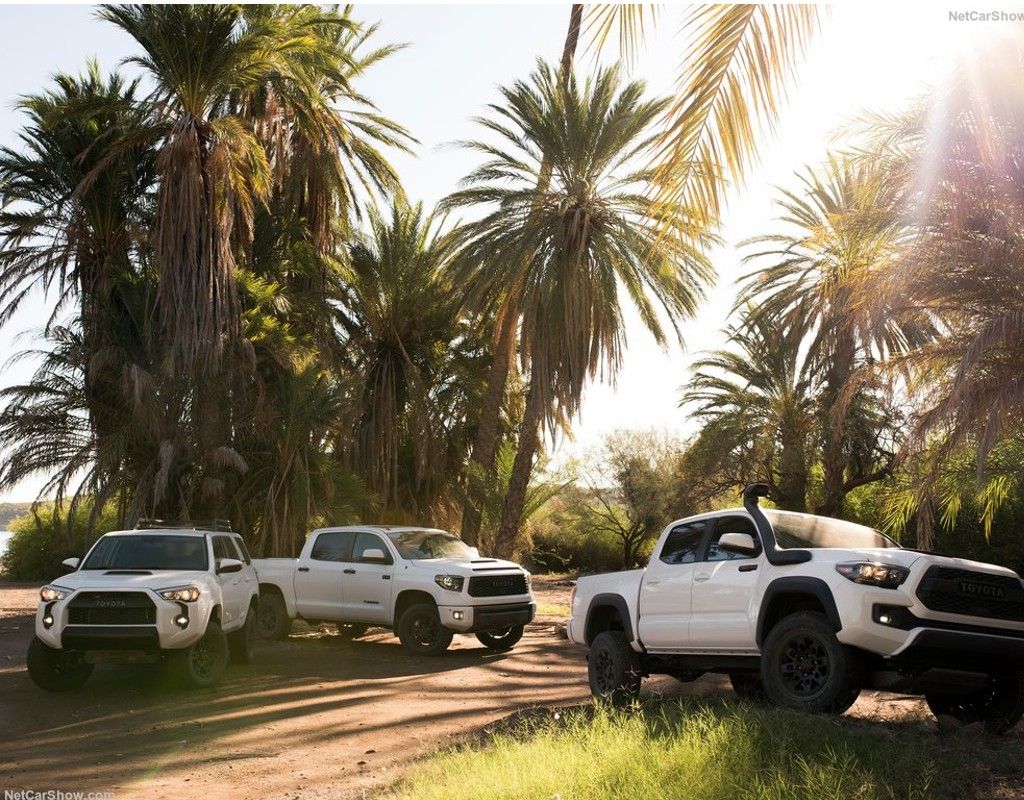Toyota has traveled far from its home in Japan and into garages all across the world. Before its raging success, it had a humble beginning as a textile and sewing company called Toyoda Automatic Loom Works, founded by Sakichi Toyota. The company received the task of producing automobiles in 1933 by the founder's son Kiichiro Toyoda. The Japanese government urged him to do so as the country was in desperate need for domestic vehicles while being at war with China.
In 1930, Toyoda explored Europe and North America to research gasoline-powered engines. At the time, Ford and General Motors controlled most of Japan's automotive market. Both companies sent their models in crates that shipped from the United States and got assembled in factories by Japanese workers. Toyoda returned and began production of the first prototypes in September 1933.
By 1935, the company was in full swing making cars and trucks. The first models came equipped with straight six-cylinder engines called Type A Engines. Two years later, the Toyota Motor Co. was created and established as a separate entity. The original organization is still operational and sells automatic sewing machines.
Toyota was one of the first Japanese car manufacturers. In times of conflict, Toyota was essential in providing military vehicles to Japan. During the Korean War, they received a hefty order for 5,000 units. This acted as a financial blessing as the company was facing layoffs during financial hardships. Toyota has hurdled over their fair share of obstacles to become the automotive powerhouse that it is today.
Toyota Comes To The United States
To help the company expand in the 1950s, they created another business entity. The Toyota Motor Sales Co. was put in charge over finding new territory and managing sales in general. In 1957, two representatives traveled to America to start a path for exports.
In 1957, the Toyota Crown was the first Japanese car exported to the United States. The Crown was track tested to meet expectations of the American market. It performed poorly at higher speeds, as it wasn't designed for highway use. This was concerning and many feared it wasn't ready to represent the brand to foreign customers. It received the green light anyway, and Toyota decided to let the reputation the Crown had in Japan speak for itself.
The company faced problems from the beginning. Before it could start conducting business in the United States, they had to create a company for each branch of the process. Toyota had to create a separate company for import, wholesale, and retail operations. They also had to acquire all the proper licenses for each state. After all the paperwork was complete, Toyota shipped its first 30 Crown models overseas.
The performance issues became a reality as the cars began to fail. Faulty parts began to malfunction and the car lost output as speeds increased. Toyota, however, created a solution to these issues. In 1960, new and improved models arrived to make up for the Crown's rough start. The RS22L and the RS23L models came ready with better high-speed output and improved cruising performance that could keep up with American cars.
Toyota Made Itself A Household Name
Toyota is one of the largest car manufacturers in the world. As of today, they produce around ten million units a year and are available almost everywhere. The Supra is one of their most famous and best performing models. Its popularity only increased when it was featured in the Fast & Furious movies.
You can't go far on any road without seeing a Toyota, and the carmaker built a reputation based on the reliability of their cars. They have great business practices when it comes to manufacturing and place quality as a top priority. After WWII, Toyota spent a lot of time researching American automotive companies. They took what they learned and incorporated it into what is now called the Toyota Way. It is a business philosophy that became formal in 2001. The two main points are respect for people and continuous improvement. This set of 14 total principles attributed heavily to Toyota's success over the years.
Toyota has adopted this mindset when creating all of their vehicles. They have gone to great lengths to provide products that will that last. The company evolved with the market and paid attention to what consumers were looking for. They were at the forefront of the hybrid movement with the Prius. They adapted to the demand of crossovers with the Rav4. And they brought back the Supra as performance cars made a comeback. Every question that the market has asked, Toyota has had an answer for.
Future Plans For Toyota
Toyota has big plans for the future. They are looking to expand to over 70 electric models worldwide by 2025 and continue to reduce their carbon footprint. The update in their portfolio will help them advance to the goal of carbon neutrality by 2050. An all-new battery electric vehicle is being introduced in 2023 – the bZ4X. It is an all-electric SUV that will be available in the spring.
The bZ4X is the pioneer for Toyota's BZ series. BZ stands for “beyond zero” and represents their efforts to reduce and reverse emissions. The company has more BEV models in the works to follow this one and over the coming years, they will invest $70 billion into the research and development of their BEV line up. The company hopes to produce 3.5 billion BEV units in 2030. Toyota's commitment to its customers and to the future are a reflection of such humble beginnings.

(1).jpg)


